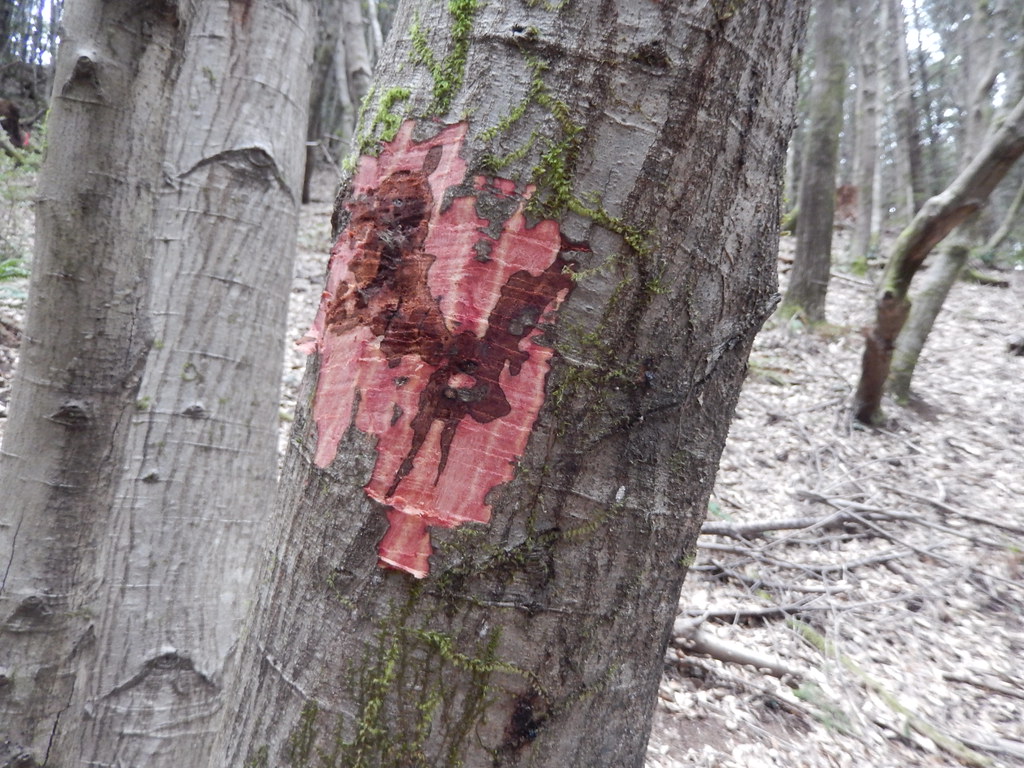
Sudden oak death
Phytophthora ramorum
What is Sudden oak death (Phytophthora ramorum)?
Sudden oak death is a disease caused by the invasive plant pathogen Phytophthora ramorum. It primarily affects oak trees and other susceptible plant species. Infected plants show symptoms such as bark cankers, bleeding sap, leaf browning, leaf spots, twig dieback, and wilting. Oaks are considered terminal hosts, while other plants like California Bay laurel, rhododendron, and camellia act as foliar hosts.
How does Sudden oak death (Phytophthora ramorum) occur?
Sudden oak death is caused by Phytophthora ramorum, an invasive pathogen. It spreads through spores released from infected plants, which can be carried by wind, water, or human activity. The pathogen enters plants through wounds or natural openings. Inside the plant, it damages the vascular system, disrupting water and nutrient transport. This results in symptoms like bark cankers, leaf spots, and twig dieback. Infected oak trees and other susceptible species eventually decline and die due to the disease.
Symptoms
1 - Impact on plants and soil
• plants infected by Phytophthora ramorum, particularly oak trees and other susceptible species, experience decline and mortality. • The pathogen alters the soil ecology by disrupting nutrient cycling and microbial communities. This can lead to changes in soil fertility and composition.
2 - Impacts on Environment
• The loss of infected trees affects the ecosystem by altering habitat availability and reducing biodiversity. • Sudden oak death has ecological and economic implications, impacting forest health, wildlife populations, and the overall functioning of affected ecosystems.
Solutions
1 - Monitoring, Quarantine, and Sanitation
• Regularly inspect plants for symptoms and signs of infection. • Isolate infected plants to prevent the spread of the pathogen. • Remove and destroy infected plant material to reduce the pathogen's presence.
2 - Pruning, Plant Selection, and Cultural Practices
• Properly prune and dispose of infected branches. • Choose resistant species and varieties when planting in affected areas. • Maintain plant health through proper irrigation, fertilization, and pruning to minimize stress and susceptibility.
3 - Chemical Control
• Fungicides such as phosphites, metalaxyl, and propamocarb can be used to treat sudden oak death. • However, it is important to follow the manufacturer's instructions and consult with professionals to determine the most suitable fungicide and application method for effective treatment.
